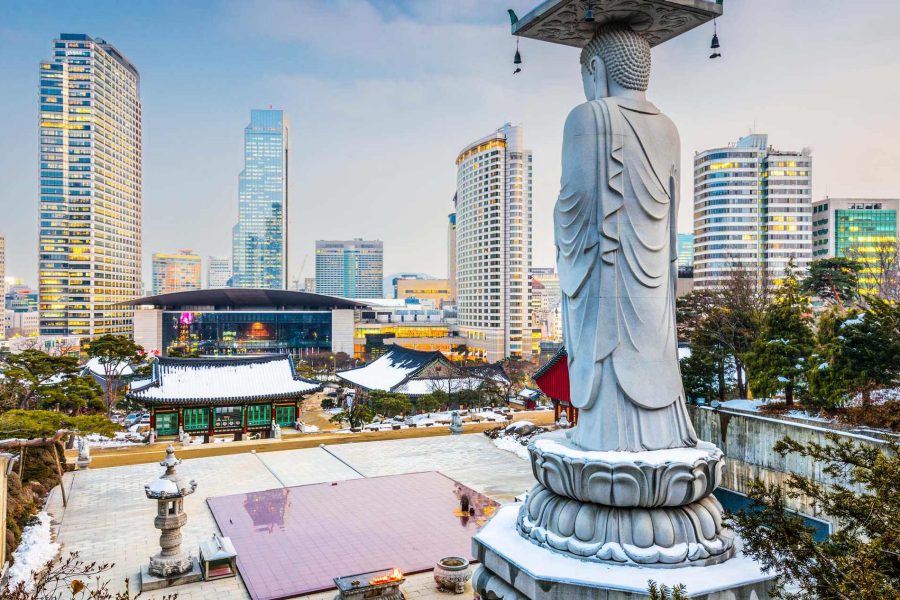South Korea’s bombastic K-pop beats (and addictive K-dramas), lip-smacking cuisine and tech innovations have propelled the country to the forefront of popular culture. Nowhere is this mix of energy and enterprise more keenly felt than on the streets of Seoul.
Indeed, the best way to get acquainted with this sprawling, multifaceted city is to pound the pavement, taking on one neighbourhood at a time. Each has its own vibe, architectural aesthetics and appeal – be it historic temples, traditional markets or sleek bars and boutiques. Before your next visit, read up on the best things to do and see in these eight Seoul neighbourhoods.
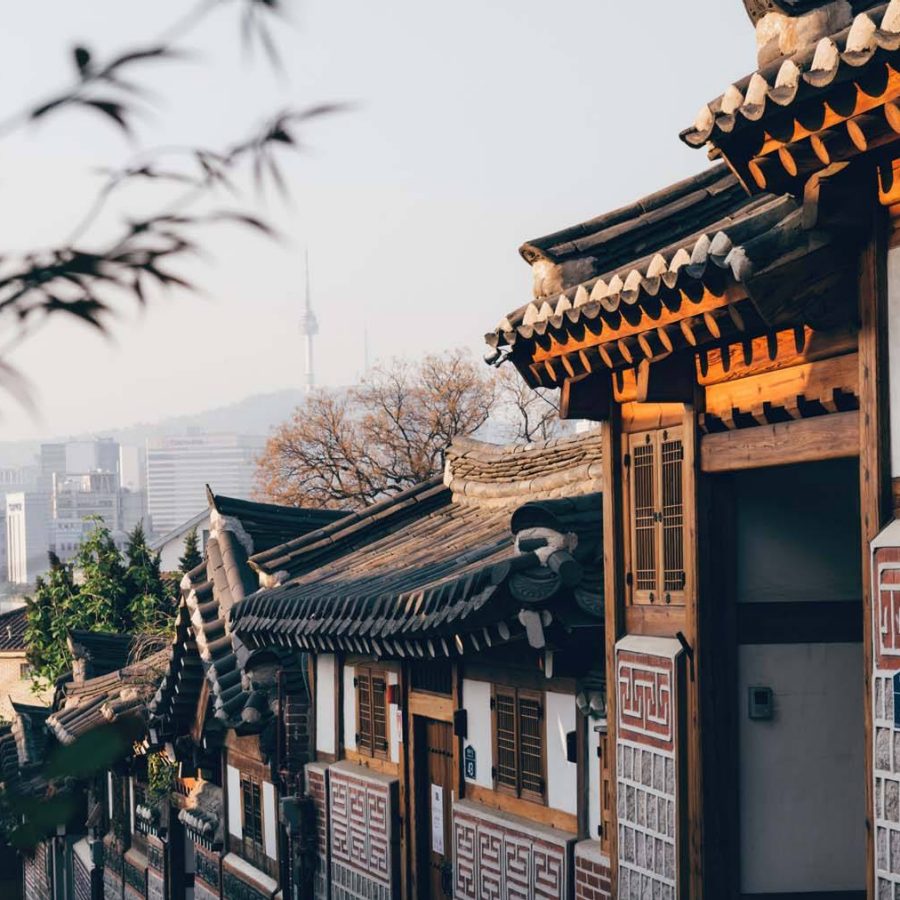
Credit: Getty Images
Samcheong-dong
Charming heritage village
The low-key area of Samcheong-dong is also low rise, at least in Bukchon Hanok Village, an enclave of centuries-old hanok dwellings made of stone with wooden doors and sloping tile roofs. Locals still live in some of these homes; other interiors have been refitted as shops, cafes, museums and even guesthouses. Rakkojae Seoul , for instance, has four rooms with natural jade ondol (heated) floors and cedar wood soaking tubs. Bukchon buzzes with tourists, often dressed in brightly coloured hanbok, which are available to rent from local shops.
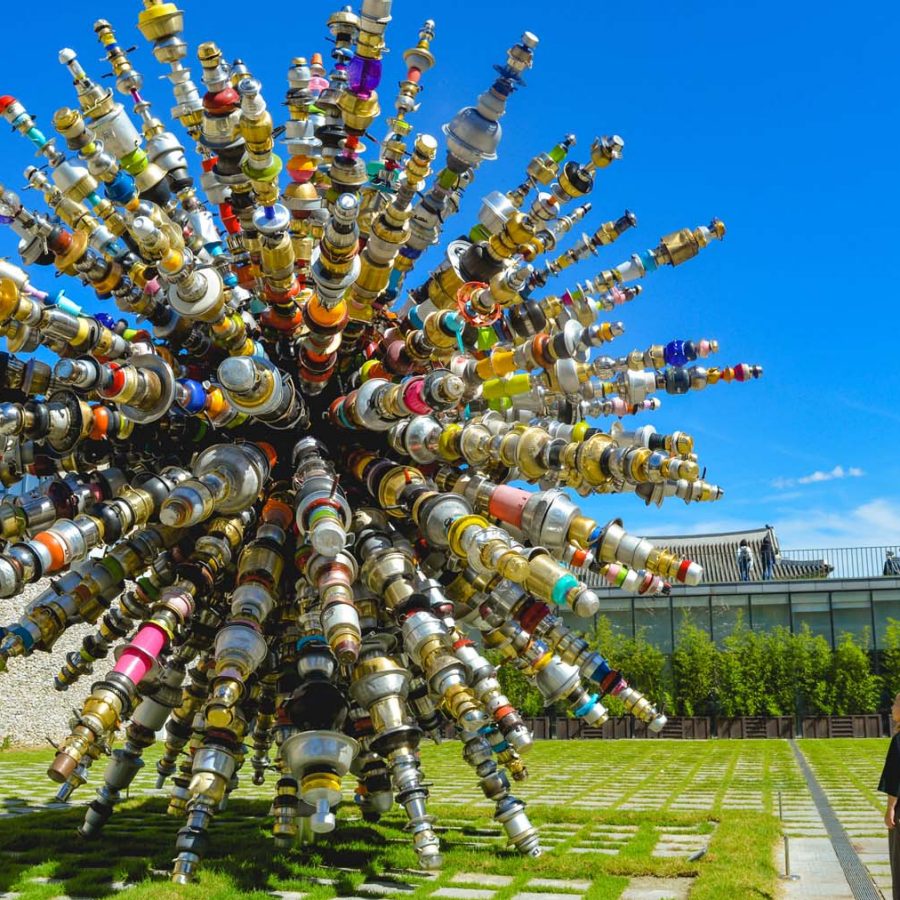
Credit: Shutterstock
Continue your time travels at nearby palaces: Gyeongbokgung is known for its changing of the guards ceremony, while better-preserved Changdeokgung has the Unesco World Heritage stamp of approval. When you’re ready to step back into the modern world, visit the National Museum of Modern and Contemporary Art for avant-garde pieces by Korean masters such as Yoo Young-kuk – a pioneer of the abstract movement – alongside works by international artists.
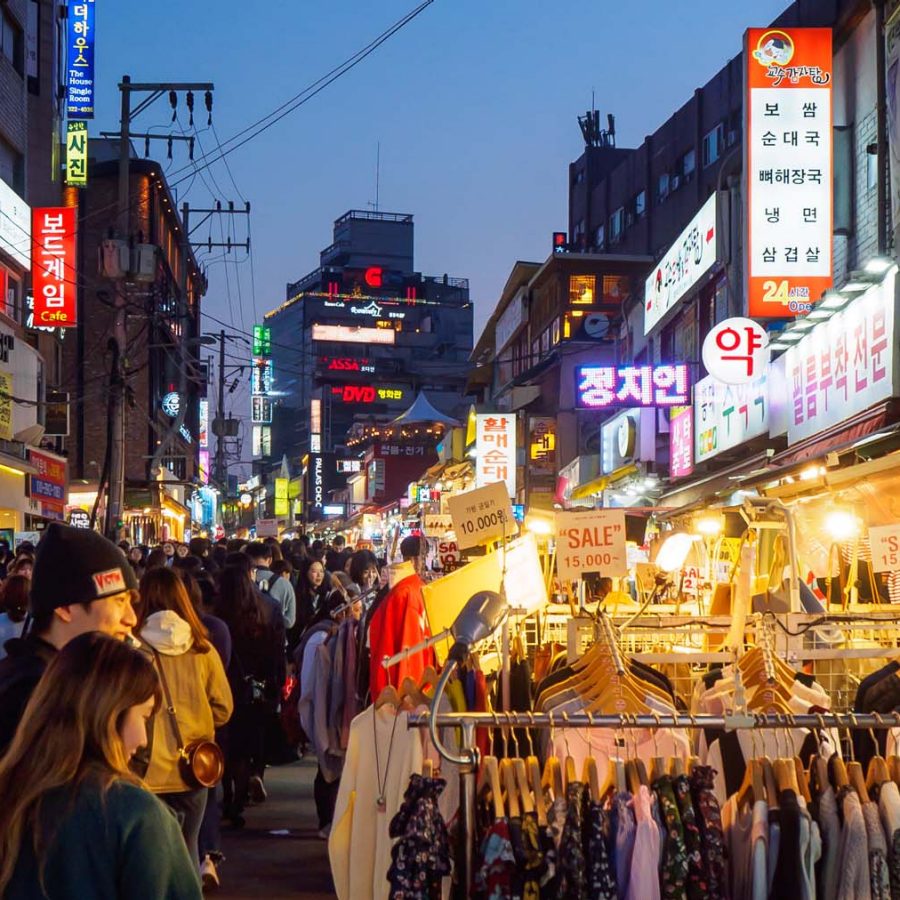
Credit: Shutterstock
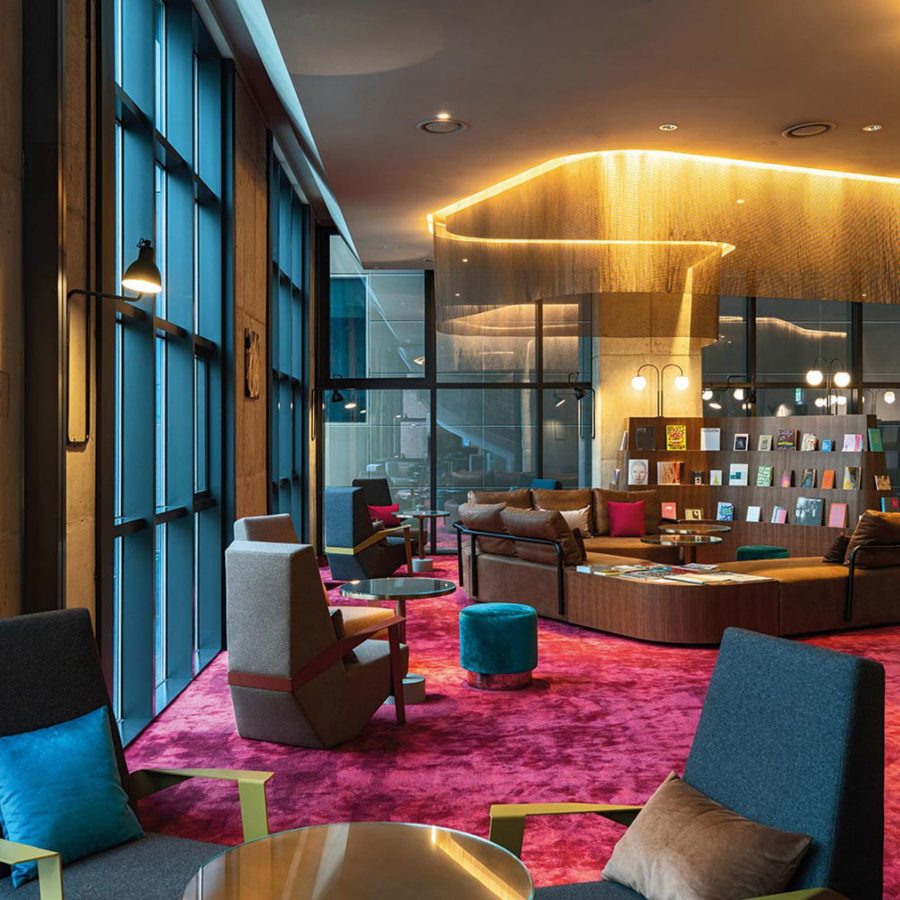
Credit: courtesy of Ryse
Hongdae
Boisterous nights out
Hongdae is an exuberant cauldron fuelled largely by the student population from several nearby universities. Come here after dark for the dance clubs, karaoke bars and live-music venues. By day, you’ll find throngs of shoppers on the main streets – navigating the cornucopia of restaurants, food stalls selling everything from tteokbokki (spicy rice cakes) to gimbap (seaweed covered rice rolls), and buskers and dance groups hoping to make it in the land of K-pop idol stardom. The design-centric Ryse hotel channels the Seoul neighbourhood’s spirit. It features artist collaborations and cool gathering spaces like the Print Culture Lounge (with a retro vinyl library) and rooftop Side Note Club.
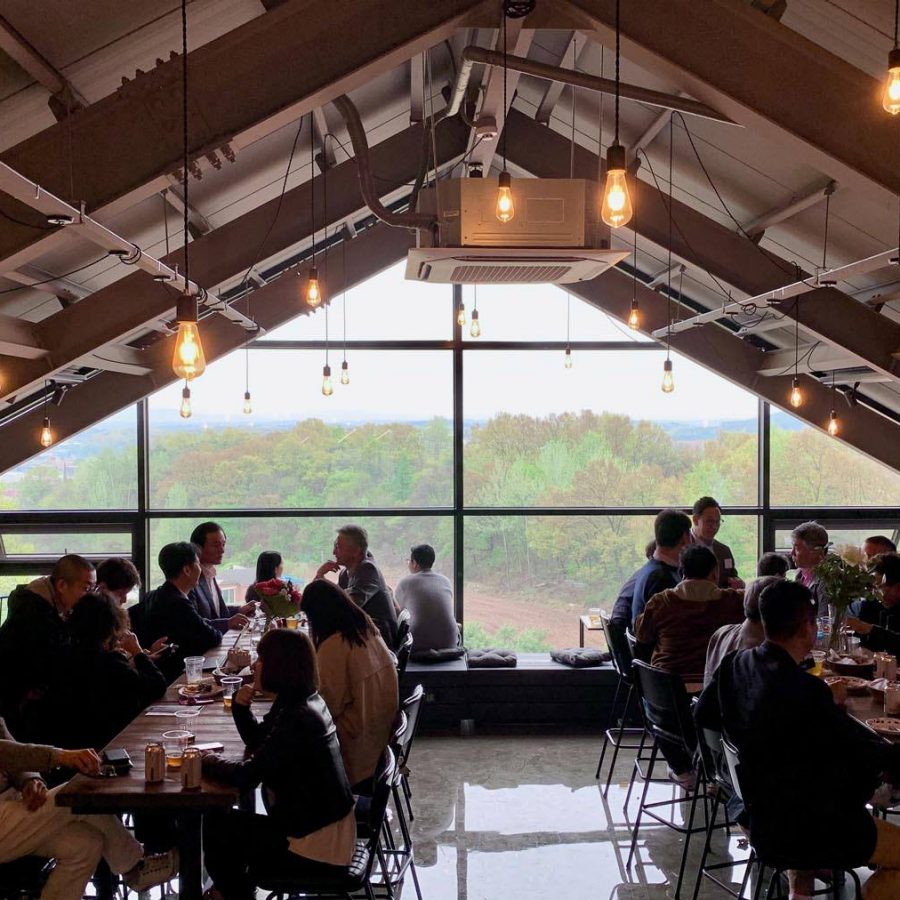
Credit: Shutterstock
Seongsu-dong
Seoul’s answer to Brooklyn
The comparison is easy enough to make: like Brooklyn, Seongsu-dong is full of industrial spaces that have turned hip. It’s packed with eccentric creatives, galleries, murals and up-and-coming businesses. Old shoe factories and metal workshops have been replaced by artisanal leather boutiques and spots where you sip your coffee among exposed brickwork, raw concrete and upcycled furnishing.
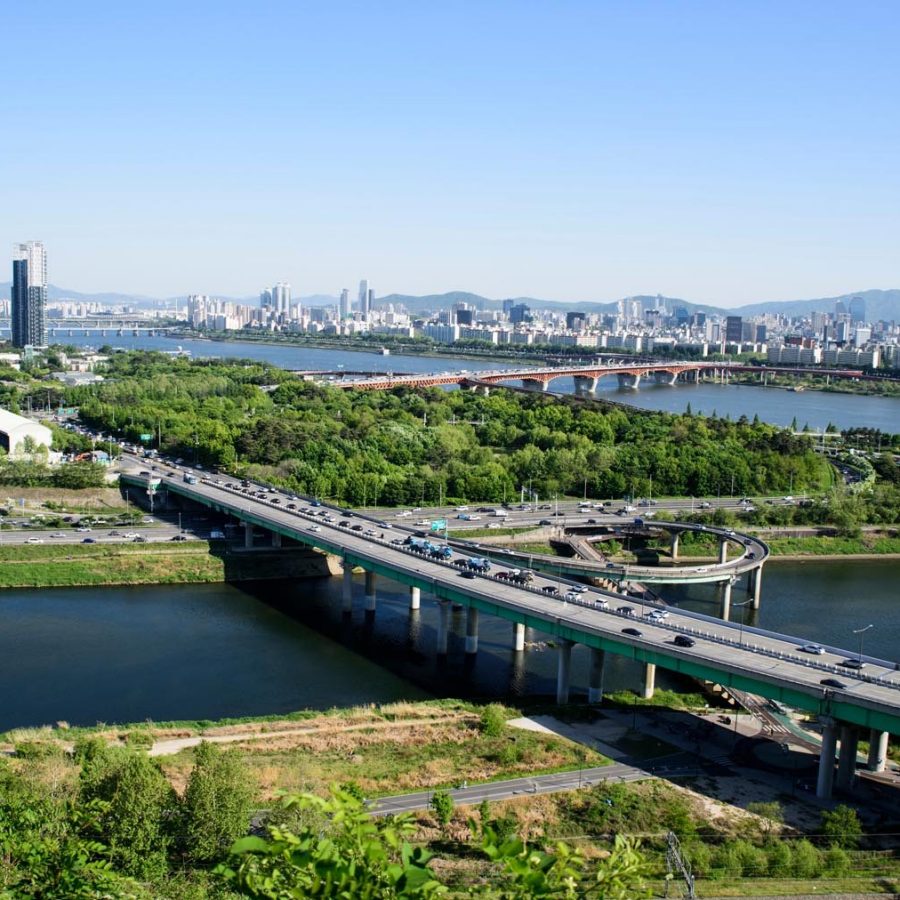
Credit: Shutterstock
Highlights of this Seoul neighbourhood include cafe-cum-gallery space Daelim Changgo Gallery CO:LUMN; Zagmachi ; and Café Onion, which serves pastries from revered local bakery 05 Bread. Swing by S Factory, a cultural hub where artists, entrepreneurs and other savvy Seoulites show exhibitions and shill creative wares, before finishing up with a cold pint of Korean craft beer at Amazing Brewing Company .
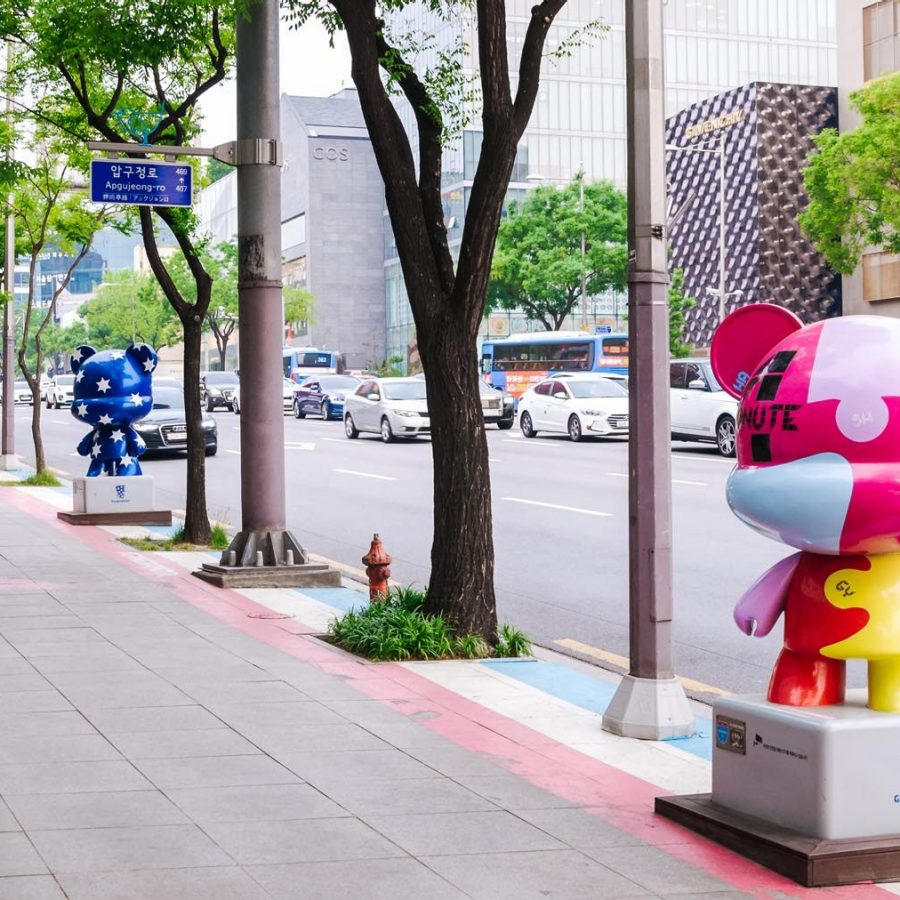
Credit: Shutterstock
Gangnam
Lifestyles of the rich and the famous
Seared into the world’s collective consciousness since South Korean pop sensation Psy’s Gangnam Style stormed charts and social media feeds in 2012, Gangnam has become synonymous with a lavish lifestyle. Sure enough, there is no shortage of designer shops, stylish nightclubs and Korean beauty outlets – not to mention plastic surgery facilities.
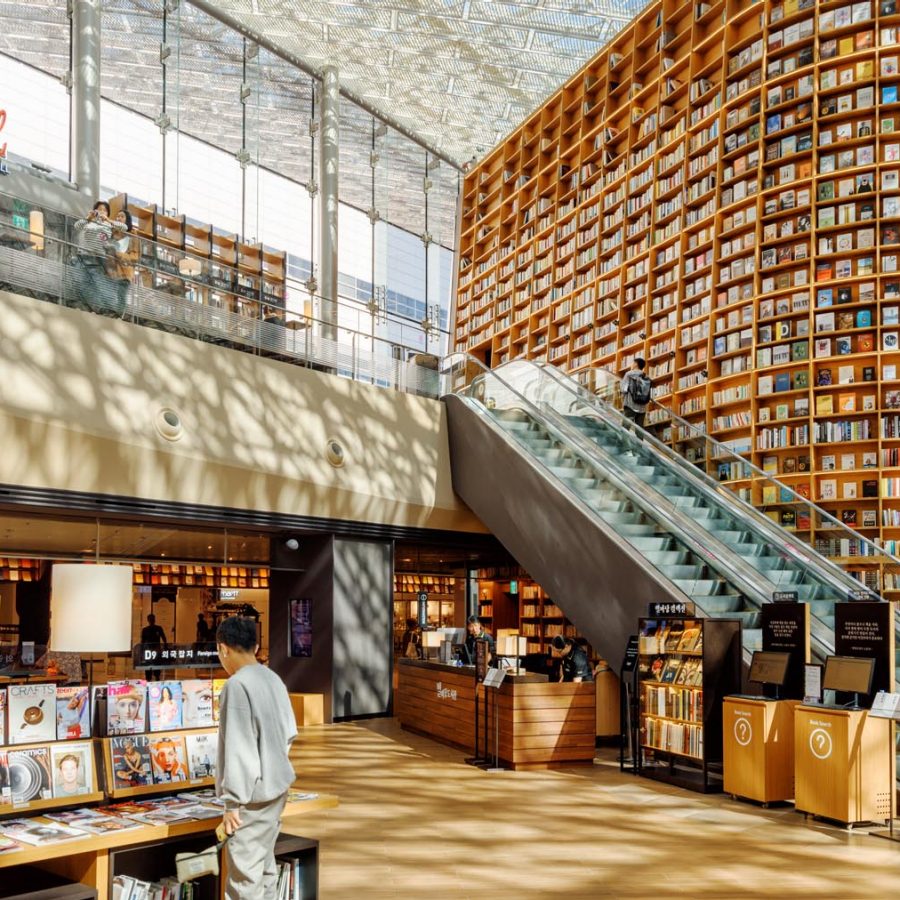
Credit: Shutterstock
You can also find pockets of culture, notably the Bongeunsa , a serene and beautifully preserved eighth-century Buddhist temple; Seoul Arts Centr e, a complex with classical music concert halls and multiple art museums; and the dazzling bookshelves of Starfield Library at COEX Mall. Glad Live Gangnam hotel gets in on the act with rotating exhibitions of contemporary art and live music in the 20th floor lounge. For an interesting meal, stop by Banryongsan , which serves faithful renditions of North Korean dishes like naengmyeon (cold noodles) and garit gukbap (tofu and beef rice soup).
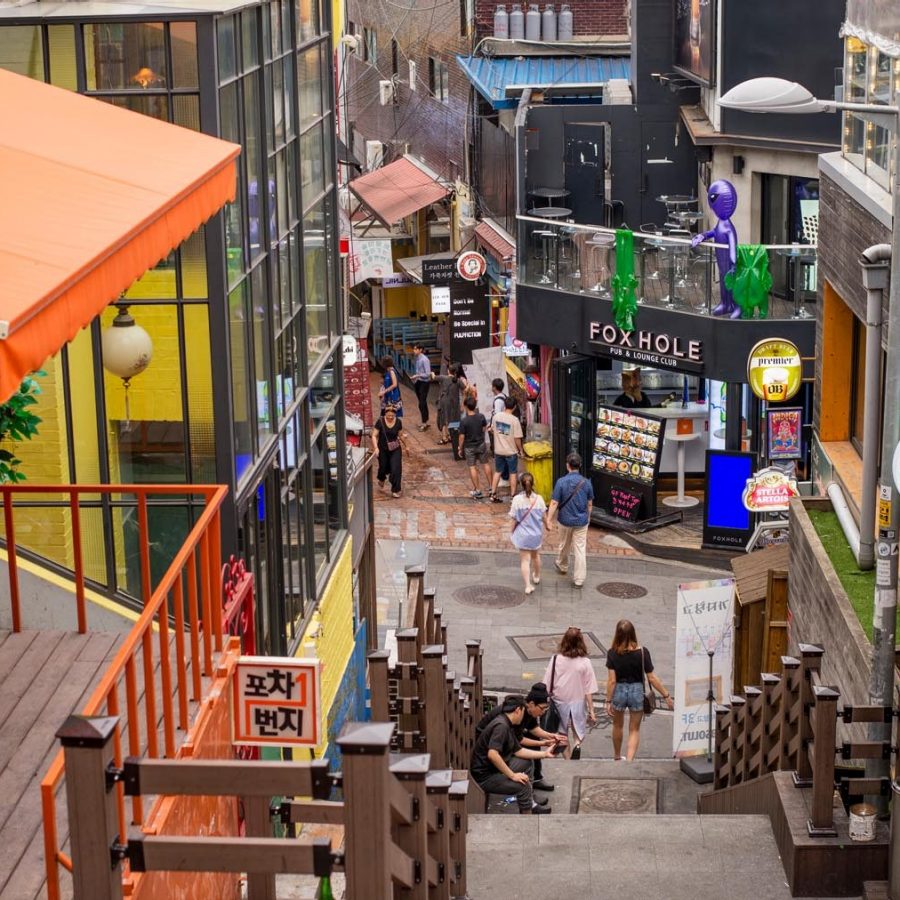
Credit: Shutterstock
Itaewon
Central Seoul’s multicultural hub
Among all the Seoul neighbourhoods, many first-time visitors choose to base themselves in Itaewon, on the north side of the Han River, for its nightlife and multicultural vibe. It was the city’s first ‘special tourist zone’ and has a strong expat community, reflected in the winding alleys stuffed with Irish pubs, Mexican joints and other foreign fare. (Get a peek at the ’hood by watching the coming-of-age K-drama Itaewon Class.)
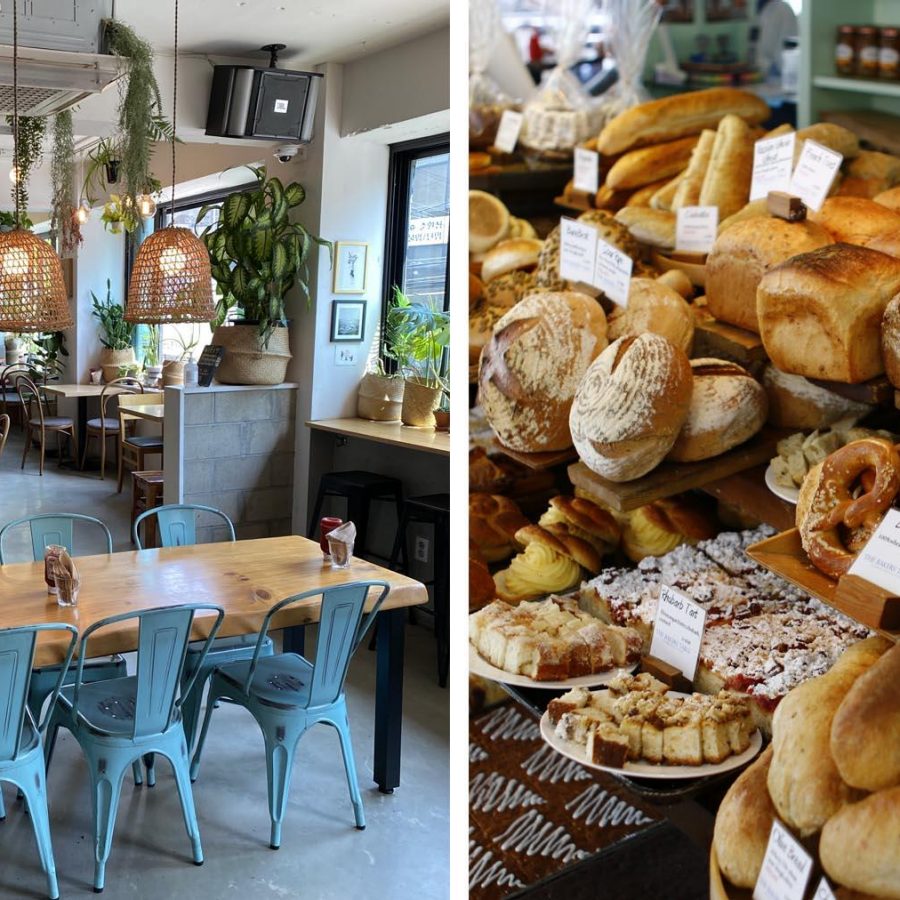
Credit: Shutterstock
Seoul’s indie coffee cred is seriously high, and Itaewon favourites include Plant (a chic vegan cafe with a plant-based menu and top coffee); Humboldt (a design-friendly cafe that also does a strong line of desserts); and The Bakers Table (a quaint German restaurant and dessert shop run by European pâtissier Micha Lichter). One of the area’s charming quirks is Antique Furniture Street , where you can peruse possessions left behind by American soldiers in the 1960s.
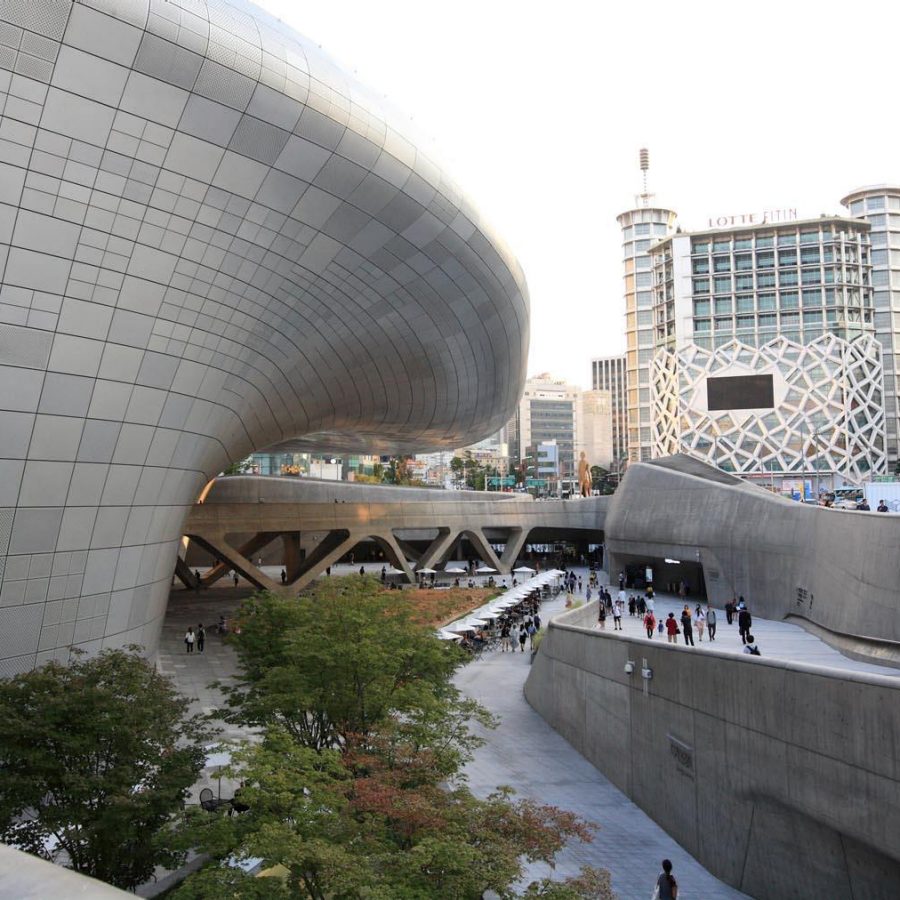
Credit: Shutterstock
Dongdaemun
Futuristic design and ancient fortress walls
Dongdaemun in Seoul’s east is known for myriad shopping options, from a huge night market to countless malls and speciality shops. It got a dose of starchitecture when the Zaha Hadid-designed Dongdaemun Design Museum debuted in 2014. The building’s sinuous metallic curves resemble some alien craft crash-landed on the manicured lawns. Inside await various art exhibitions, installations and boutiques worth exploring.

Credit: Shutterstock
Another spectacle is Heunginjimun, also known as the Dongdaemun Gate, one of eight historic gateways in the Josean-era fortress walls that surround the old city. Follow the walls to leafy Naksan Park, which also offers panoramic views high above the city. Alternatively, get ‘low’ with a stroll along Cheonggyecheon stream: a former highway rehabilitated into a nature-filled stream in the mid-2000s. The myriad water features, artworks and flowers make a pleasant trip east or west, especially at night when certain sections erupt into colourful lights.
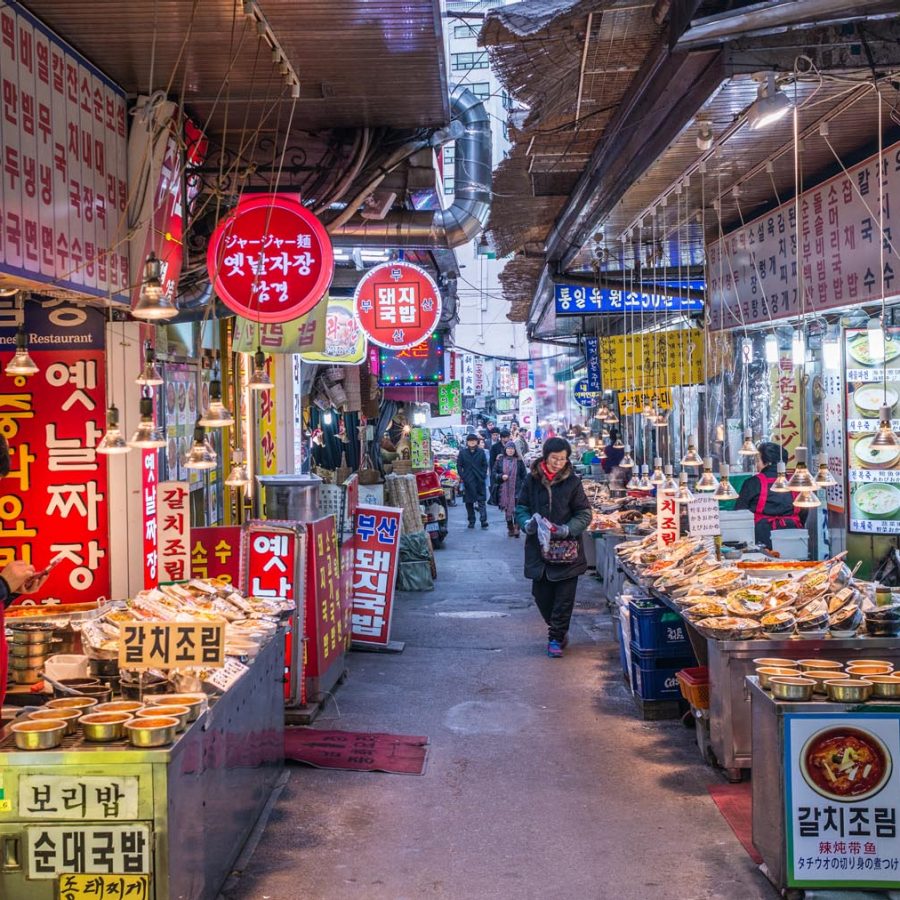
Credit: Shutterstock
Namdaemun
Traditional foodie delights
While there are plenty of great Korean restaurants around the city, for hungry foodies wanting to tick off several dishes in one go, Namdaemun Market is a must. The market spills over into several buildings and streets for a fun trawl through stalls selling affordable fabric, clothes and sweets – but the real drawcard is the food. Hoover up delicacies like japchae hotteok (vegetable noodle pancakes), fried fresh on the griddle, and take a seat at one of the many stalls crammed in the narrow indoor alleys, where ahjummas (an affectionate term for ‘aunties’) skilfully assemble bowls of bibimbap brimming with fresh vegetables, meat, rice and eggs and slathered in gochujang chilli paste, alongside piles of dumplings and noodles.
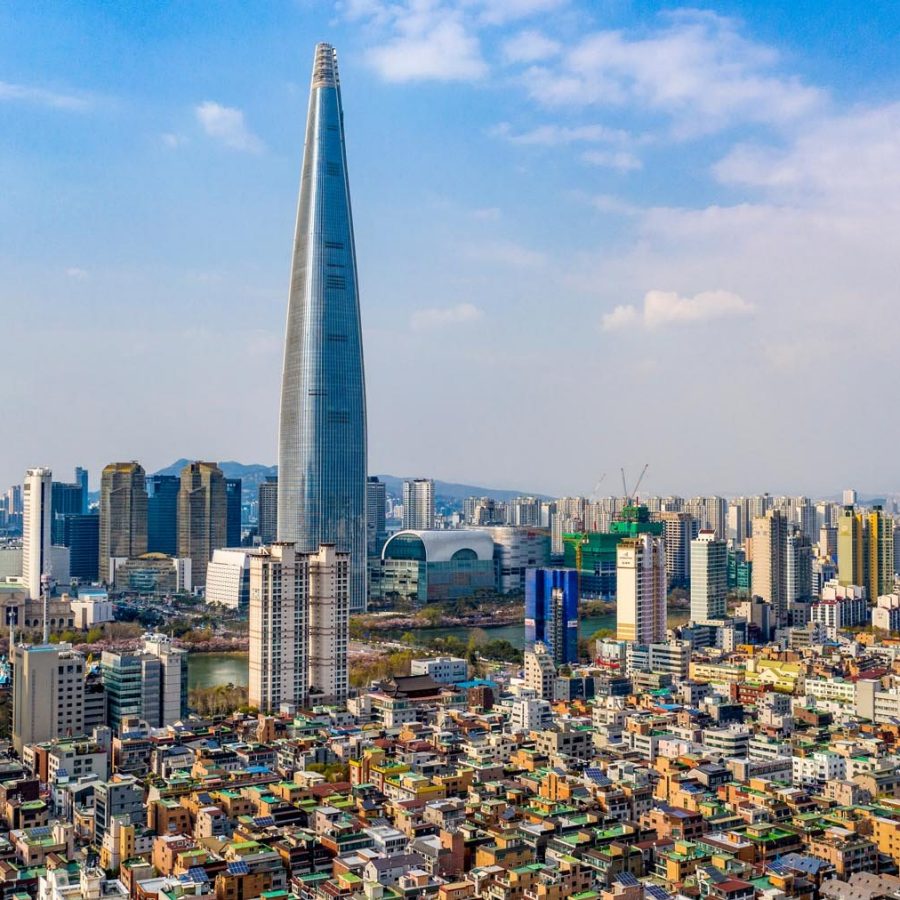
Credit: Shutterstock
Jamsil
Lakes, rides and a vertical city
Among all the trendy Seoul neighbourhoods, Jamil was simply a sleepy suburb southeast of the Han River – that is until the opening of the 555-metre-tall Lotte World Tower in 2017. South Korea’s tallest skyscraper is a vertical city with offices, residences, the plush Signiel Seoul hotel and the country’s largest shopping complex, Lotte World Mall. The architects even found space for an indoor amusement park, an ice rink, restaurants and a folk museum with historical miniature models.
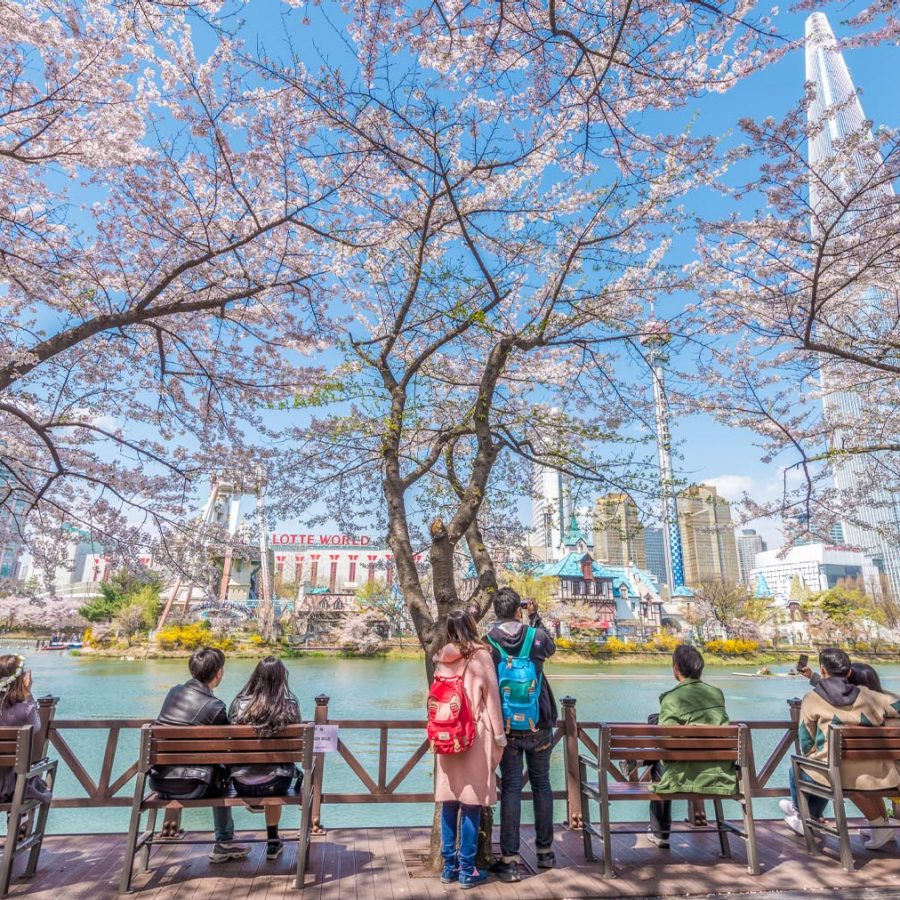
Credit: Shutterstock
For a breath of fresh air, try a relaxing walk around Seokchon Lake, which welcomes cherry blossoms each spring. Or get some adrenaline-spiking thrills at the amusement park rides on the island in the lake. Weekends usually see sports fans streaming out of the nearby baseball stadium and into the cluster of little bars and restaurants in the otherwise quiet streets of Jamsil.
Hero image: Shutterstock
Seoul travel information
- China – the Chinese Mainland, Hong Kong SAR, Macao SAR and Taiwan Region
- Hong Kong SAR - English
- Chinese Mainland (China) - English
- Taiwan, China - English
- 香港特別行政區 - 繁體中文
- 中国內地 - 简体中文
- 中國台灣 - 繁體中文
- Africa
- South Africa - English
- Asia
- Bangladesh - English
- Korea - English
- Singapore - English
- Cambodia - English
- 한국 - 한국어
- Sri Lanka - English
- India - English
- Malaysia - English
- Thailand - English
- Indonesia - English
- Maldives - English
- ประเทศไทย - ภาษาไทย
- Indonesia - Bahasa Indonesia
- Myanmar - English
- Vietnam - English
- Japan - English
- Nepal - English
- Việt Nam - tiếng Việt
- 日本 - 日本語
- Philippines - English
- Australasia
- Australia - English
- New Zealand - English
- Europe
- Belgium - English
- France - Français
- Россия - Русский
- Denmark - English
- Ireland - English
- Schweiz - Deutsch
- Deutschland - Deutsch
- Italia - Italiano
- United Kingdom - English
- España - Español
- Nederland - Nederlands
- Middle East
- Bahrain - English
- Saudi Arabia - English
- United Arab Emirates and Qatar - English
- Israel - English
